Saturday, May 10th will mark the 145th anniversary of the completion of the Transcontinental Railroad. The historic linking of east with west was completed with the ceremonial golden spike driven by Leland Stanford on May 10, 1869 in Promontory Point, Utah.
Workers from both the Union Pacific and Central Pacific Railroads were on hand for an historic photograph(from US National Archives), well most of the workers anyway.
Missing from the iconic photo taken of the coming together of the workers were any of the more than 13,000 Chinese workers who risked their lives building the Transcontinental Railroad.
LATEST STORIES
This year on May 10 dozens of Chinese Americans will come to Promontory Point to recreate the moment with one big difference. This time there will be Chinese Americans in the photograph.
And well they should be in it.
Building the railroad across the steep embankment of terrain that rose 7,000 feet in 23 miles required much dynamiting. The Chinese workers employed a technique they had learned in China. They were lowered by rope in small baskets to lay the dynamite. light it and then quickly raised back up before the explosives would detonate. Unfortunately, a number of workers died doing the dangerous work, although the exact number is disputed. One newspaper report estimated that that 20,000 pounds of bones from 1,200 workers had to be shipped back to China. Others however, question those estimates and say about 50 Chinese laborers died doing the work.
Whatever the number, needless to say, the building of the Transcontinental Railroad would not have been possible without the Chinese.
Among those who will be in Utah to recreate the photograph will be two descendants of the Chinese railroad workers.
Margaret Yee and Karen Kwan agreed to answer a few questions from AsAmNews.
How are you related to a descendant of a transcontinental railroad worker and what is that person’s name?
Karen Kwan: He is a great grandfather, many times removed, on my mother’s side. His name is lost to history.
Margaret Yee: I am the granddaughter of my grandfather (father side) Wong Hua You. I am the great grand daughter of my great grandfather (mother side) Ng See
What was your ancestor’s role in building the transcontinental railroad?
Margaret Yee: My grandfather Wong Hua Yau was the Chef for the laborers of the Central Pacific Railroad. My great grandfather Ng See was a laborer for the Central Pacific Railroad.
Karen Kwan: General laborer, the kind that the phrase “Chinaman’s chance” is referring to
How was your ancestor recruited to build the railroad and how did they get to the United States?
Karen Kwan: This story is also lost to history, although the story I heard is that he stayed in the United States after the completion and continued working for the railroad.
Margaret Yee: There were advertisements for work in California so they both signed up as they wanted to go to “the Mountain of Gold” They were recruited in Guangdong, China and were given labor documents to work as railroad workers. My grandfather, Wong Hua You was a chef in China and was recruited to cook as a chef while great grandfather Ng Si was a laborer. They traveled with many other workers by ship to the United States.
Why are you involved in this event? Why is this important to you?
Karen Kwan: These ceremonies are a way to remember the sacrifices that my ancestors made both here and abroad for the well being of future generations. The men came here to build railroads and mine, but the women also sacrificed by staying home alone to care for the families. Any success that I have achieved is directly attributed to their hard work.
Margaret Yee: For nine years, I was the Governors Adviser for the Asian Affairs for Governor Bangerter and Governor Levitt. As the Asian Affairs Adviser I was always involved in many of the historical and cultural activities for the community.
This is close to my heart as my great grandfather and grandfather helped contribute to the making of the Transcontinental Railroad. With the Westward Expansion of the Transcontinental Railroad people no longer had to travel months to get to California or the east coast. The train allowed people from the east and west to travel safely and quicker to their destinations. In addition, interstate trade surged from the west coast to east coast and to Asia as things could be shipped across the country by train in just a few days.
What do you hope the outcome will be?
Margaret Yee: I hope that with these types of re-enactments our younger generation and generations to come will learn the significance of their ancestors hard work in the making of the Transcontinental Railroad.
Karen Kwan: This is a celebration of their accomplishment. It is a historic moment in time to
Is there anything you’d like to add?
Karen Kwan: Chinese people have been in UT for about 150 years and yet I am the first Chinese American to run for Utah House of Representatives, district 34. In addition, I will be the first Asian Pacific American woman to serve in the Utah House. Although we are largely considered the “model minority,” Asian Pacific Americans continue to face discrimination, hardships, barriers to education and poverty. APA’s are the fastest growing poverty community in the US. In fact, Pacific Islanders are the #1 minority group in poverty in Utah, most of these are children. It’s about time the issues of ignored underrepresented groups are addressed.


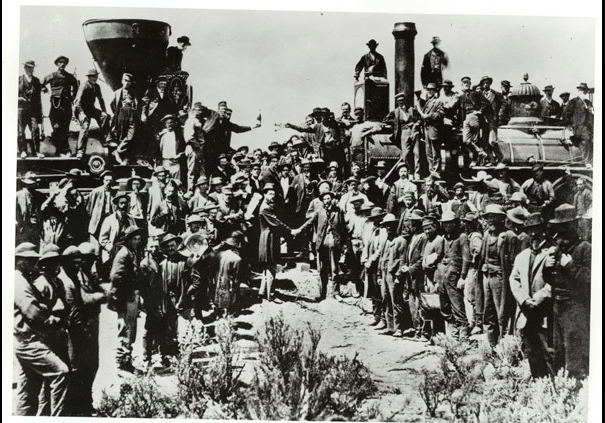
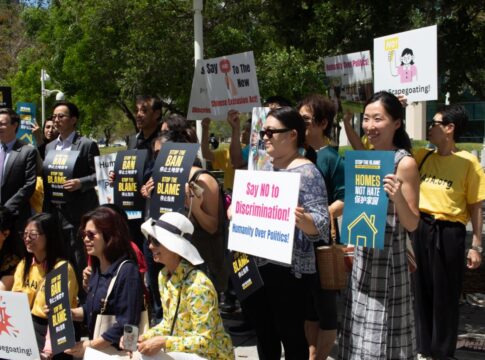
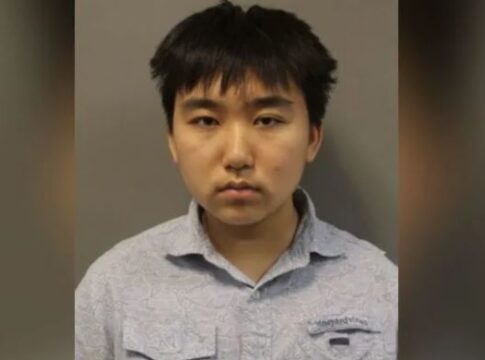
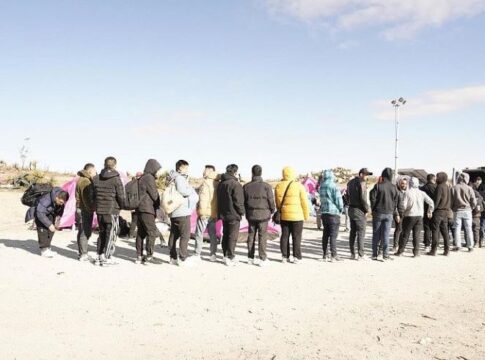
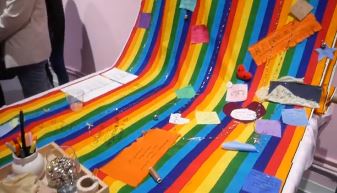



Ancestors of Chinese workers who built Transcontinental Railroad to correct historic injustice: Am confident my goal of getting 145th APA’s to stand in front of those 2 locomotives will come to past. Now, the most pressing problem is getting a English speaking Buddhist priest to hold a commemorative ceremony in front of the Chinese Arch, site of one of the last Chinese labor camps in 1869.
RE: Chinese descendants of Chinese who built the Transcontinental Railroad to correct historical wrong: would like to go there with u from SFbayarea. any rideshare organized? pls post. time is short.
RE: Descendants of Chinese workers who built the Transcontinental Railroad to correct historical wrong: i’ll go if we get carpool in SFbayarea. pls post here n we connect to plan to go.